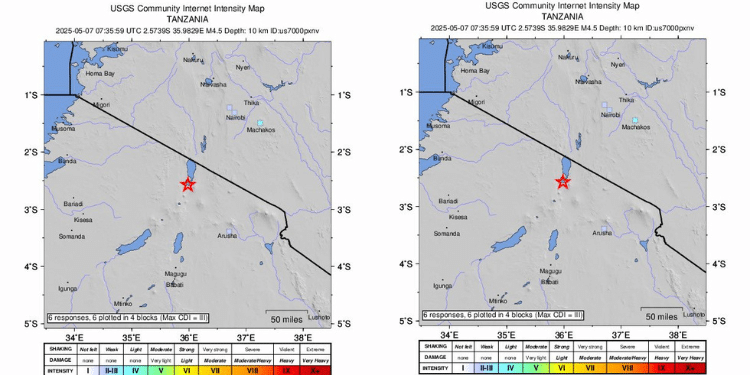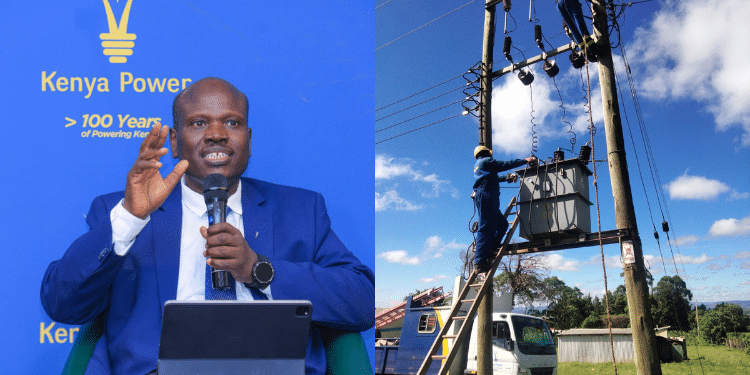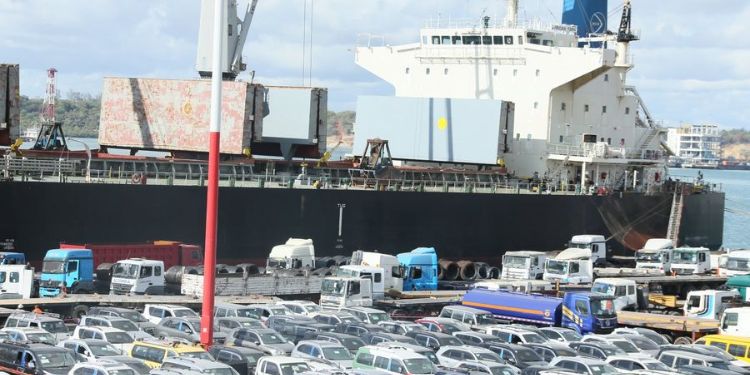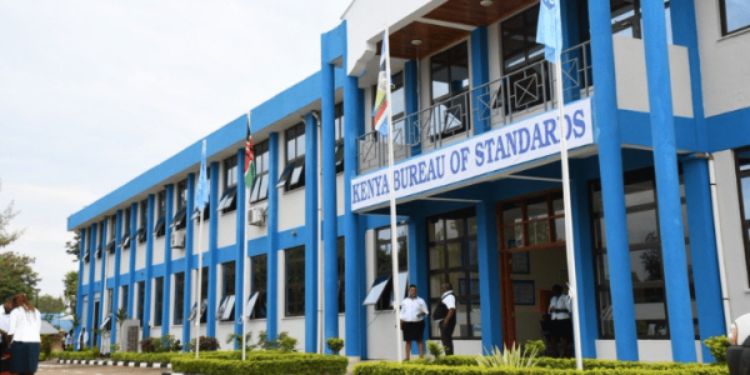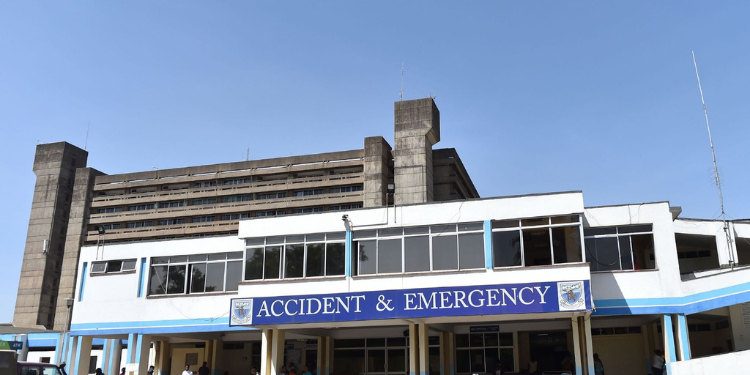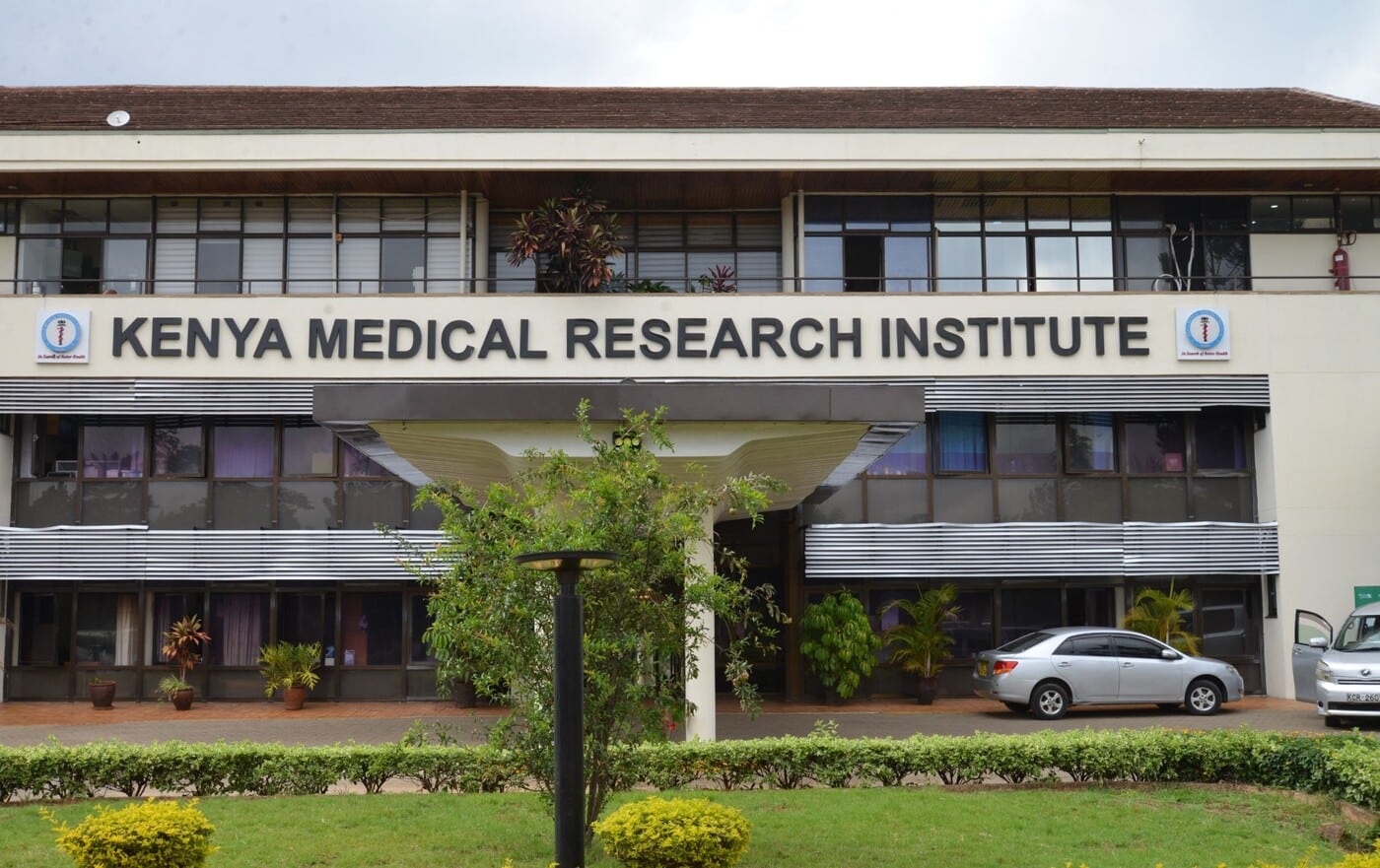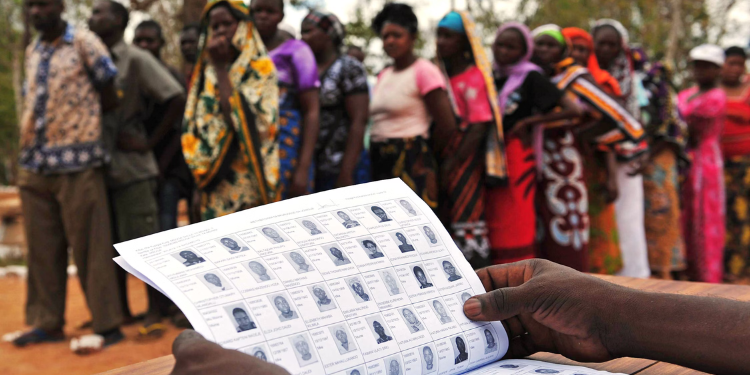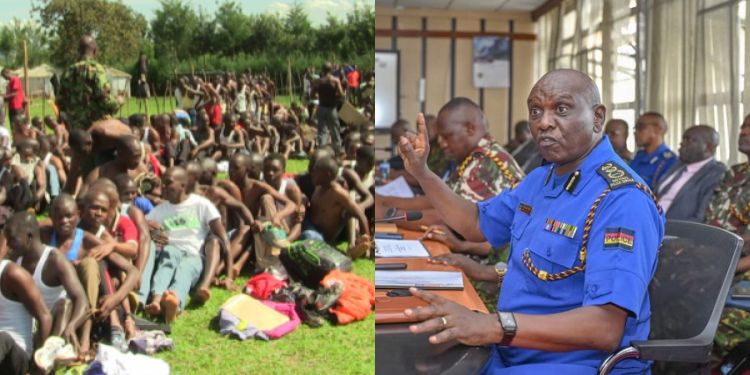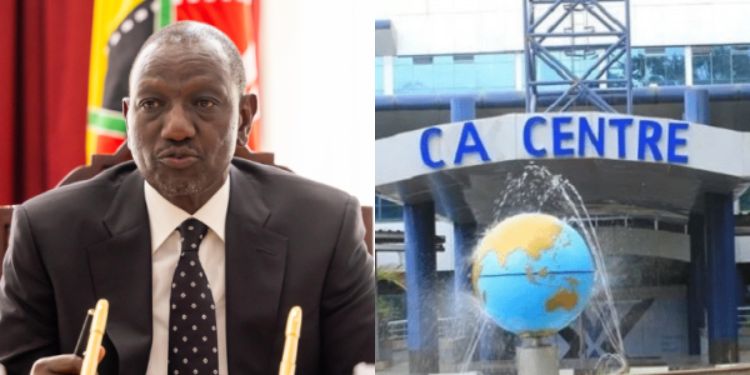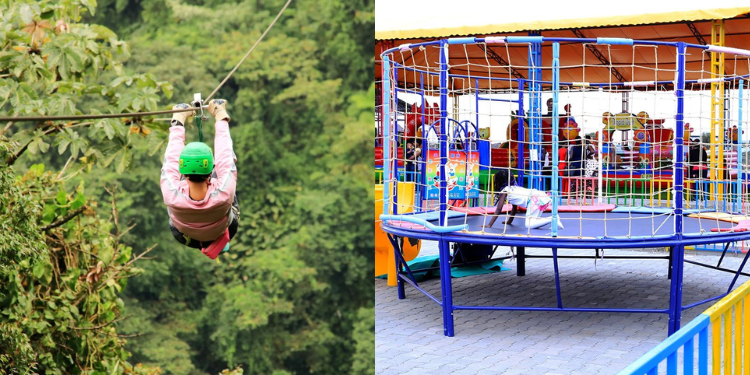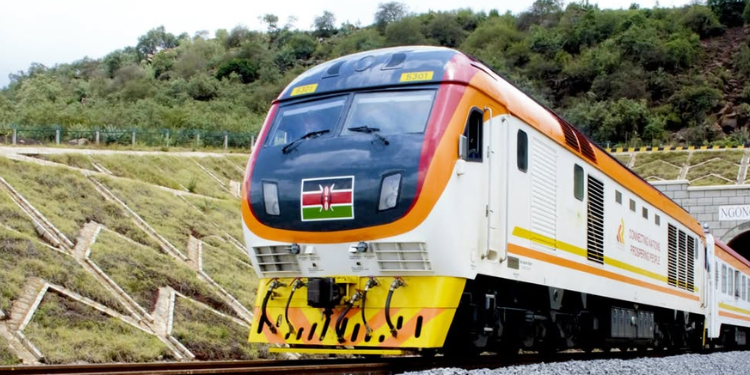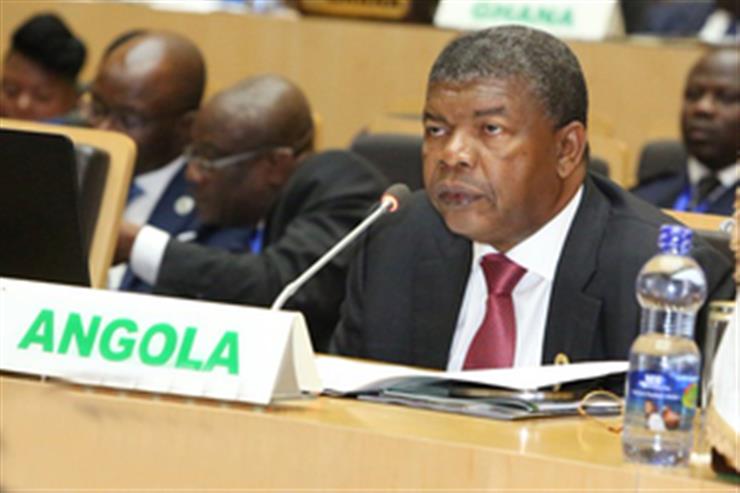A massive earthquake struck the coast of Russia’s Kamchatka Peninsula Early Wednesday July 30, setting off tsunami warnings across large parts of the Pacific.
A powerful earthquake with an initial magnitude of 8.0 struck off Russia’s far eastern Kamchatka Peninsula.
The US Geological Survey later revised the magnitude upward to 8.7, and finally confirmed it at 8.8, making it one of the strongest earthquakes globally in over a decade the most powerful since the devastating 9.0–9.1 quake off Japan in 2011.
Here’s a breakdown of the events as they’ve unfolded:
Hawaii Airports Update
Hawaii’s Department of Transportation has announced that all flights in and out of Kahului Airport, Maui’s primary airport, are currently suspended.
According to an update shared on social media, travelers have been taking shelter inside the terminal.
The department stated that anyone remaining in the terminal will need to go through security screening again in the morning before boarding any departing flights.
“In the morning, those sheltering will be re-screened prior to departures,” it added.
Hilo International Airport is still closed, and at Honolulu’s Daniel K. Inouye International Airport, baggage screening has restarted.
However, inter-island and trans-Pacific flights are being delayed or rescheduled as needed.
Governor Confirms Absence of Severe Impact in Hawaii
Hawaii is currently experiencing multiple tsunami waves, some exceeding five feet in height, prompting officials to advise residents to remain indoors and avoid travel.
Also Read: Under-fire Gachagua Bans Video Recording During Q&A Session in U.S.
During a press briefing, Governor Josh Green noted that the state had not yet encountered any significant wave impacts, which he described as a reassuring development.
He confirmed that no damage had been reported and that the waves had not moved beyond the Big Island.
“We’ll need at least another two to three hours before we can give the all-clear,” Green said. “So far, things are looking good.”
He stated the importance of staying alert despite the encouraging signs: “We don’t want anyone to relax just yet. We need to observe a few more wave cycles getting progressively smaller before we consider the threat over.”
First Tsunami Waves Hit Alaska
Tsunami waves have begun reaching Hawaii, prompting the U.S. National Weather Service to urge immediate precautions to safeguard people and property. The agency also issued additional alerts outlining expected conditions and associated hazards.
According to officials, “A tsunami consists of a series of long waves, each potentially lasting between 5 and 15 minutes or longer, with the capacity to cause significant coastal flooding. The threat can continue for several hours due to ongoing wave activity.”
A tsunami warning, the highest level of alert is currently in effect for Hawaii, parts of Alaska’s Aleutian Islands, and a portion of Northern California.
Meanwhile, a tsunami advisory, which signals a lower level of threat, has been issued for the rest of the U.S. West Coast.
Tsunami waves have already reached Alaska.
Other coastal areas across the western United States are preparing for potential wave impacts in the coming hours.
According to the U.S. Tsunami Warning Center, waves are anticipated to reach Oregon and Washington around 11:35 p.m. Pacific Time.
State of Emergency on Tsunami-hit Islands
Officials in Russia’s far eastern Sakhalin region have announced a state of emergency in the northern Kuril Islands following tsunami waves that caused flooding and damaged structures.
“The North Kuril District has been placed under a state of emergency after today’s earthquake and resulting tsunami,” the Sakhalin authorities stated.
Travel Disruption as Flights Diverted
Travel to Honolulu is facing major disruptions, with numerous flight delays, cancellations, and diversions reported at several airports, according to data from FlightRadar24.
Flights from cities including Los Angeles, San Diego, San Francisco, and Vancouver were forced to turn back to their departure points late Tuesday, tracking information reveals.
Also Read: US Visa Interview Rules to Change in September – What You Should Know
Both Hawaiian Airlines and Alaska Airlines have paused departures to Hawaii, rerouted some in-flight journeys, and are urging travelers to verify their flight status before heading to the airport.
“We are holding flight departures to the Islands on Hawaiian Airlines and Alaska Airlines. As a safety precaution, flights en route to Hawai‘i are returning to the mainland or diverting as needed,” the airlines said in a joint statement. “We are monitoring airport conditions with government agencies and could see operational impacts. A waiver is in place allowing guests to adjust their travel plans.”
Tsunami Warnings Issued Across the Pacific
Following the quake, tsunami alerts were swiftly issued for coastal regions around the Pacific, including Japan, Hawaii, Alaska, the US West Coast, and island nations throughout Oceania.
“Due to a massive earthquake that occurred in the Pacific Ocean, a Tsunami Warning is in effect for those living in Hawaii. A Tsunami Watch is in effect for Alaska and the Pacific Coast of the United States. Japan is also in the way. Please visit https://tsunami.gov for the latest information. Stay strong, Stay Safe” US President Donald Trump wrote.
Over 1.9 million residents in Japan have been advised to evacuate to safer areas as tsunami waves reach several coastal regions, causing widespread disruption to transportation.
Although the tsunami waves have been less severe than initially predicted, the impact has still prompted significant precautionary measures.
According to the Fire and Disaster Management Agency, evacuation orders have been issued for 1,905,596 people across 21 prefectures, with the highest numbers coming from Hokkaido, Kanagawa, and Wakayama.
The Bureau of Meteorology in Australia later confirmed there was no tsunami threat to the Australian mainland or its territories.
U.S. Coast Guard Evacuates Hawaiian Harbors
In Hawaii, the U.S. Coast Guard’s Honolulu sector ordered all commercial vessels to evacuate ports as a precaution.
“All harbors are closed to incoming vessel traffic,” the Coast Guard announced on social media, as tsunami waves were projected to reach the islands.
Tsunami Arrival Times (AEST)
Tsunami waves are expected to reach the following locations at these approximate times (Australian Eastern Standard Time):
- Guam: 2:30 PM
- Commonwealth of the Northern Mariana Islands (CNMI): 2:30 PM
- Tonga: 6:25 PM
- American Samoa: 6:25 PM
We’ll continue to bring you the latest verified updates as this story develops.
Follow our WhatsApp Channel and X Account for real-time news updates.
